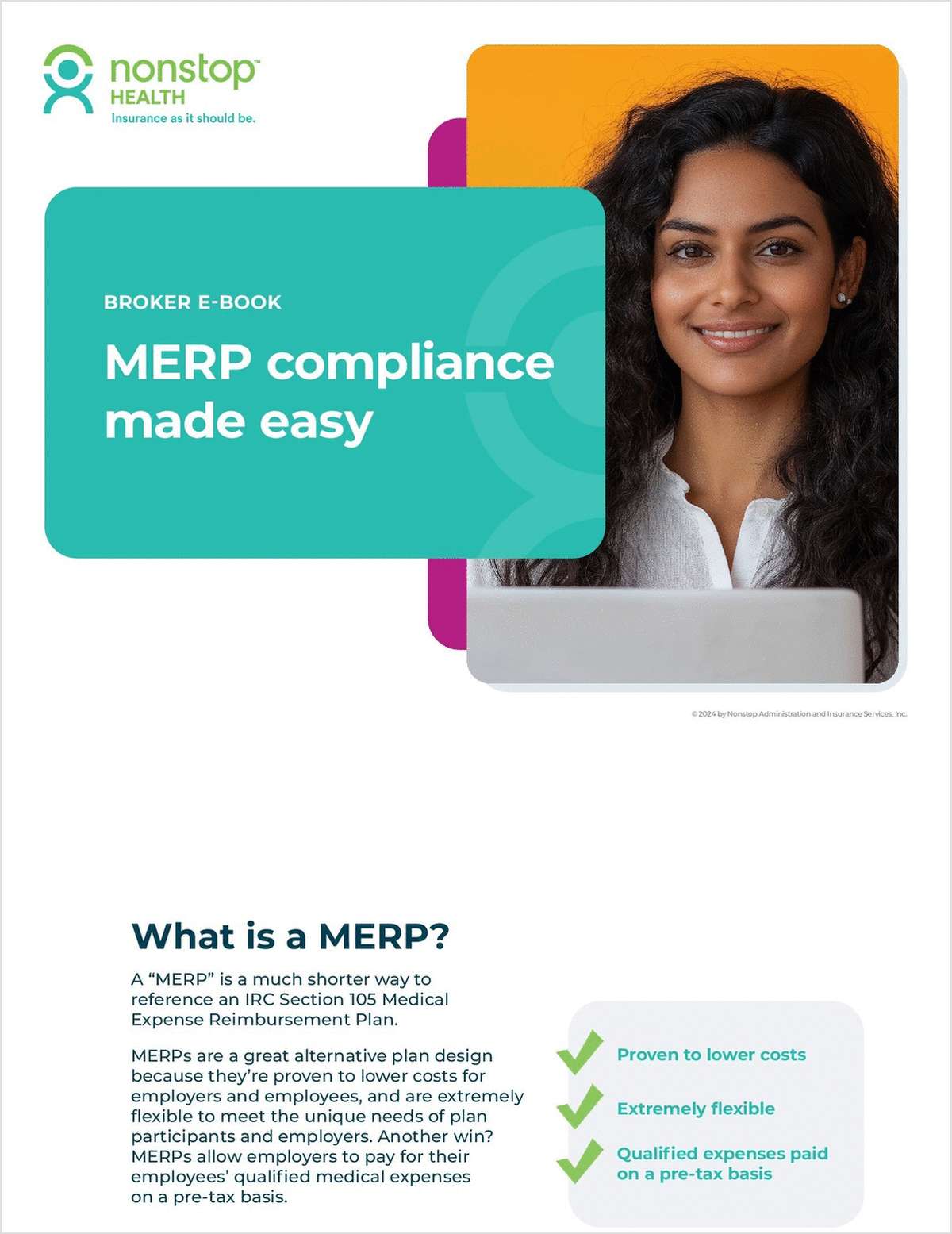Is the 40-hour workweek dead?
For a growing portion of the workforce, that may well be the case. According to a survey of 2,000 workers by office equipment supplier Staples, only 9 percent of respondents say they never work more than 40 hours, and about half always or usually work more than 40 hours.
That workload is taking its toll, according to the study, which shows that workplace stress affects 65 percent of workers. Half say they feel overworked, and 40 percent say they are officially burned out. About half of all respondents say burnout has motivated them to look for work elsewhere.
The implications are real for employers. As bosses nationwide ask their workers for more and more, they risk creating a culture of dissatisfaction and turnover. These companies will ultimately bear the cost of replacing valued employees who have left for more accommodating work environments.
New data from Xerox HR Services suggest more employers are taking that potential prospect to heart and initiating steps to address employee stress levels through financial wellness programs and voluntary benefits.
“Workplace stress is more often than not correlated with financial stress, and a top driver of financial stress comes from unexpected medical expenses,” says Thomas Kelly, a principal in the Health and Productivity Practice of Buck Consultants, an arm of Xerox.
He says organizations are paying more than just lip service to the value of financial wellness, despite the concept’s relative nascence in the benefits world.
“Companies across the board see financial stress as impacting productivity, and even workers’ physical health,” says Kelly, who co-authored Xerox’s inaugural Financial Wellbeing and Voluntary Benefits study. “They understand the need to take a more proactive role in addressing the overall wellness of their workers, and that means paying attention to financial wellness.”
To that end, employers are driving financial wellness with voluntary benefit offerings – and by integrating voluntary benefit offerings with traditional core benefits, Kelly says.
In Xerox’s survey of midsize and large employers, voluntary benefits are by far considered an employer’s top resource for implementing and supporting a financial wellness program.
Financial health assessments, along with employee workshops and education materials, were ranked as the top financial wellness tools by about 40 percent of employers. But 76 percent said their voluntary benefits offerings were their top tools for financial wellness.
To be clear, voluntary benefits are hardly new to larger employers — Xerox’s survey shows that the vast majority already offer at least one voluntary benefit, and most of those that don’t plan to add at least one offering in the next one to three years. What’s new is how employers are approaching the way voluntary products are offered, says Kelly.
“In the past, a lot of employers offered voluntary options outside of core benefit offerings,” he says. “Either they were offered on a separate web platform, or individual agents were enrolling participants face-to-face outside of the annual enrollment in major medical plans. It was a different and separate process.”
Now, employers are focusing on voluntary benefits integration, which Kelly explains as a twofold process: More employers are offering voluntary options alongside traditional benefit offerings at open enrollment, as well as communicating the value of these benefits in their efforts to continually engage employees on financial wellness.
Xerox’s study shows that full voluntary benefits integration is rare among larger employers: Only 11 percent of companies describe their voluntary offerings as fully integrated, while 37 percent say their voluntary products have some integration with traditional benefits.
Those numbers are likely to shift, as sixty-six percent of employers plan to fully align voluntary enrollment with core benefits in the next one to three years, and over 88 percent of employers listed voluntary benefits as a top priority in their financial wellness strategy.
Lost in the shuffle
Larger employers tend to set market trends for most facets of benefits design. But when it comes to integrating voluntary benefits with core medical offerings, the small and midsize market has actually outpaced their bigger counterpart.
“Traditionally, the biggest employers have had richer benefits packages, so voluntary benefits and their value to both employees and employers were kind of lost in the shuffle,” says Kelly.
The imperative on financial wellness is bound change all that. About 80 percent of the employers in Xerox’s survey either have a formal financial wellness program in place or are in the process of implementing one. Employers’ top objective in integrating voluntary benefits into annual enrollment is to address financial stress, which more employers are realizing can cause health issues in many workers, ultimately increasing the cost of benefits claims.
Vision is the top voluntary benefit, offered by 66 of employers, followed by short- and long-term disability.
Critical illness, long-term disability and long term care are viewed as most consequential to financial wellness programs: Seventy-two percent of employers described each product as having at least a strong impact on these programs.
Non-medical voluntary benefits that address student debt, legal services and identity theft are also driving the correlation of voluntary policies with financial wellness, Kelly says.
Ultimately, communication is key to articulating how voluntary benefits fit into an organization’s financial wellness strategy, he says. Brokers and consultants must first clearly understand employer client’s priorities. From there, they can guide employers in communicating their objectives to their workforces.
“Workers are smarter benefits consumers than they have been in the past,” Kelly says. “They like choice, and they like consumer-driven options once they are in them. But they need help understanding how their options can best work for them. A well-designed communication program to support voluntary integration is essential.”
“In a lot of cases, a less rich benefits program that is well-communicated to workers is perceived as more valuable than a poorly communicated program that has more benefits,” he adds.
Complete your profile to continue reading and get FREE access to BenefitsPRO, part of your ALM digital membership.
Your access to unlimited BenefitsPRO content isn’t changing.
Once you are an ALM digital member, you’ll receive:
- Breaking benefits news and analysis, on-site and via our newsletters and custom alerts
- Educational webcasts, white papers, and ebooks from industry thought leaders
- Critical converage of the property casualty insurance and financial advisory markets on our other ALM sites, PropertyCasualty360 and ThinkAdvisor
Already have an account? Sign In Now
© 2024 ALM Global, LLC, All Rights Reserved. Request academic re-use from www.copyright.com. All other uses, submit a request to [email protected]. For more information visit Asset & Logo Licensing.








